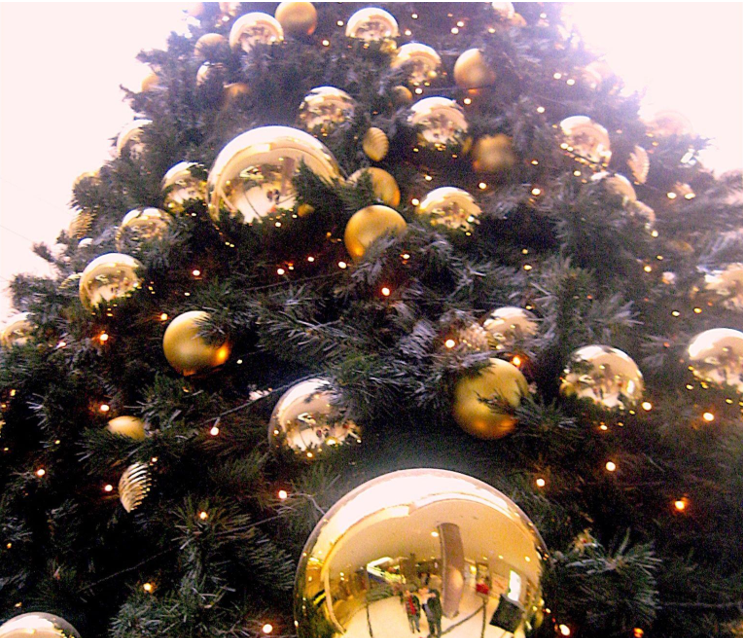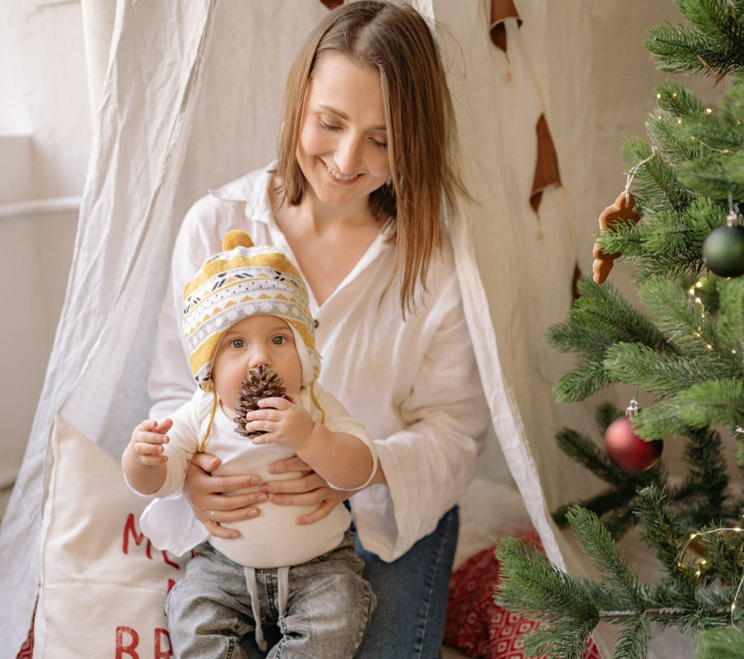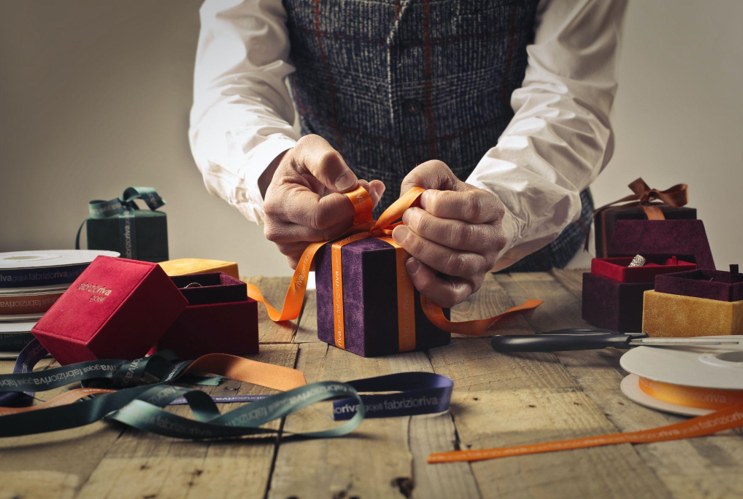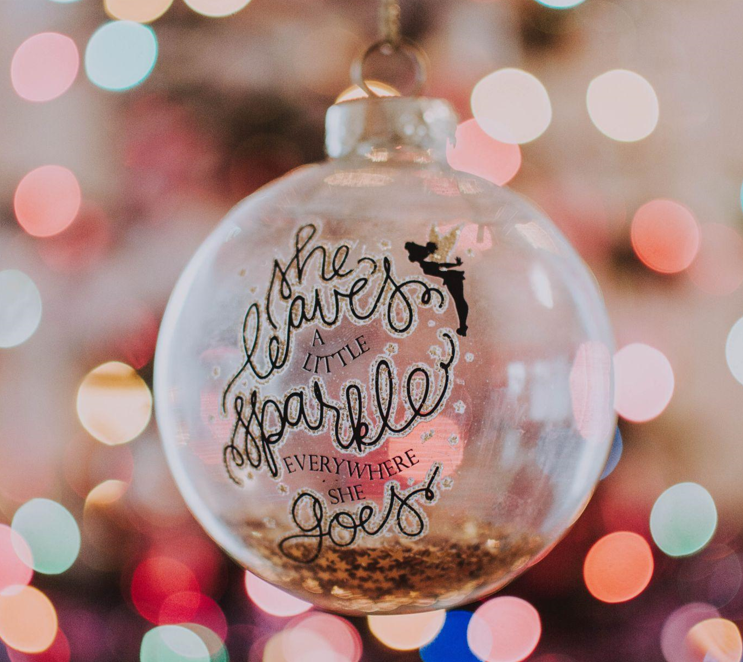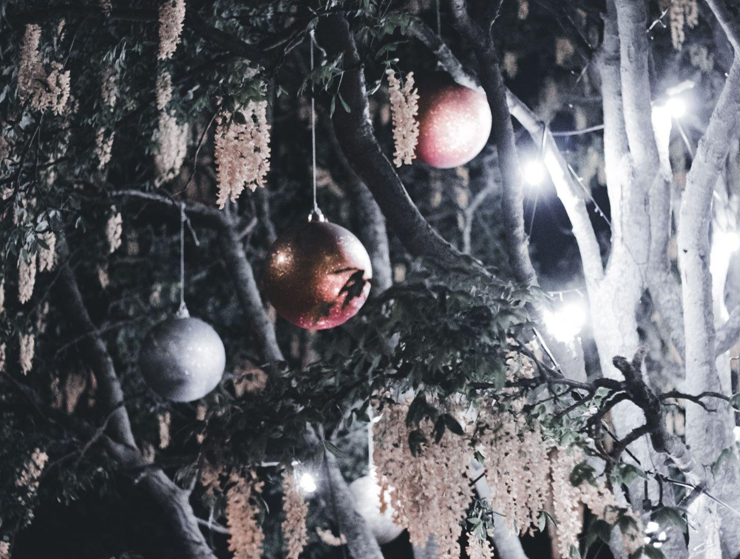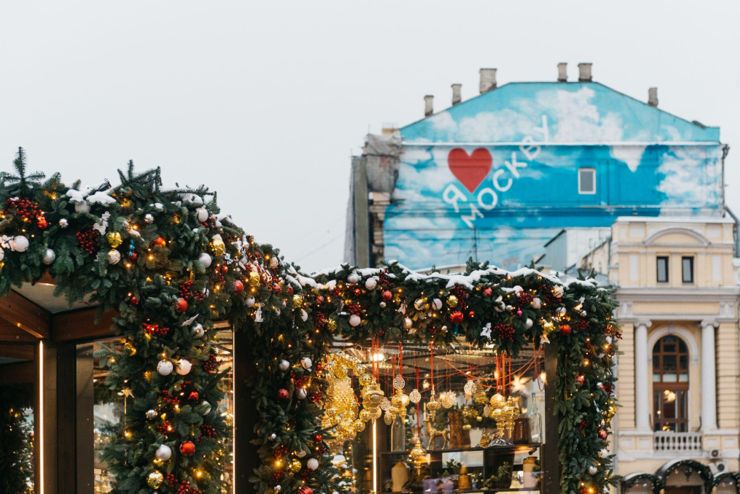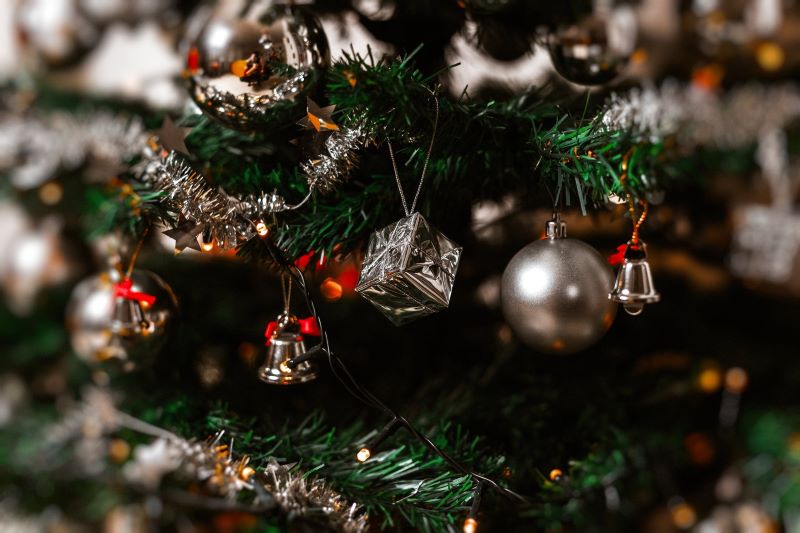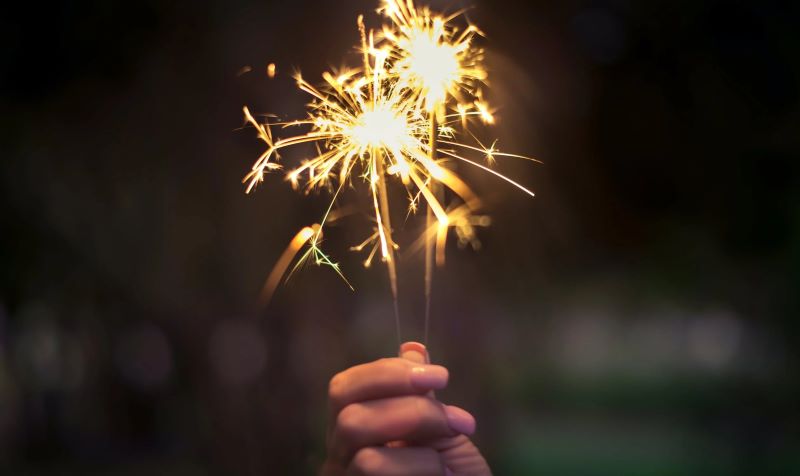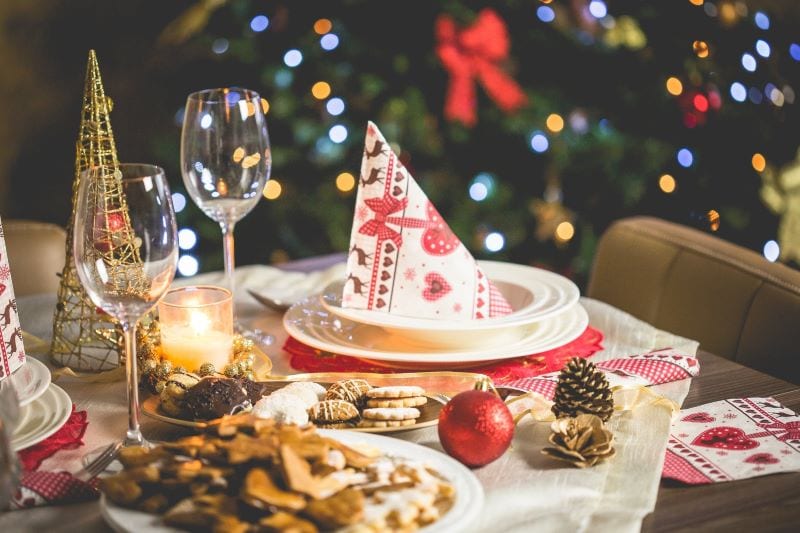Trending Upwards: The Rise of Giant Artificial Christmas Trees
Gone are the days when Christmas trees were limited to a standard size that could only accommodate small ornaments. Nowadays, larger and more lavish Christmas trees have become trendsetters, especially in luxurious homes, shopping centers, and city centers. In recent years, giant artificial Christmas trees have become the ultimate centerpiece of the festive holiday season. These stunning trees are becoming more popular yearly due to their grand appearance and high-quality construction.
Unlike traditional Christmas trees, giant artificial trees are available in various sizes, from 15 to 100 feet. These trees come pre-lit with thousands of LED bulbs, giving visitors a beautiful and enchanting display. They are often adorned with elegant ornaments, adding a touch of luxury and beauty to any setting. The towering presence of these trees captivates everyone’s attention and instantly sets the mood for the festive season.
Luxurious Beauty: The Perks of Giant Artificial Christmas Trees
Giant artificial trees are not just ornamental; they are also luxurious items that can add value to your property. Buying and maintaining a real tree annually can be costly, but investing in an artificial tree is a one-time expense that provides a long-term solution. These trees don’t require watering, pruning, or vacuuming and are less likely to trigger allergies due to the absence of pollen and mold.
These magnificent trees are made from durable materials such as PVC and metal, making them safe and long-lasting. Furthermore, artificial trees are eco-friendly as they can be reused for many years, reducing the need to cut down new trees yearly. Many manufacturers offer warranties and guarantees; some even provide custom-made options, allowing you to choose the height, color, and style that best complements your home décor.
In conclusion, giant artificial Christmas trees have become the epitome of luxury decor, indicating a prosperous lifestyle. Their towering presence and immaculate beauty never fail to impress. Along with the many benefits of low maintenance, cost savings, and environment friendliness, they are an excellent investment for anyone looking to take their Christmas decoration game to superb levels. So if you are ready to inspire awe and amazement in your holiday guests, join the trend and get a giant artificial Christmas tree today!

